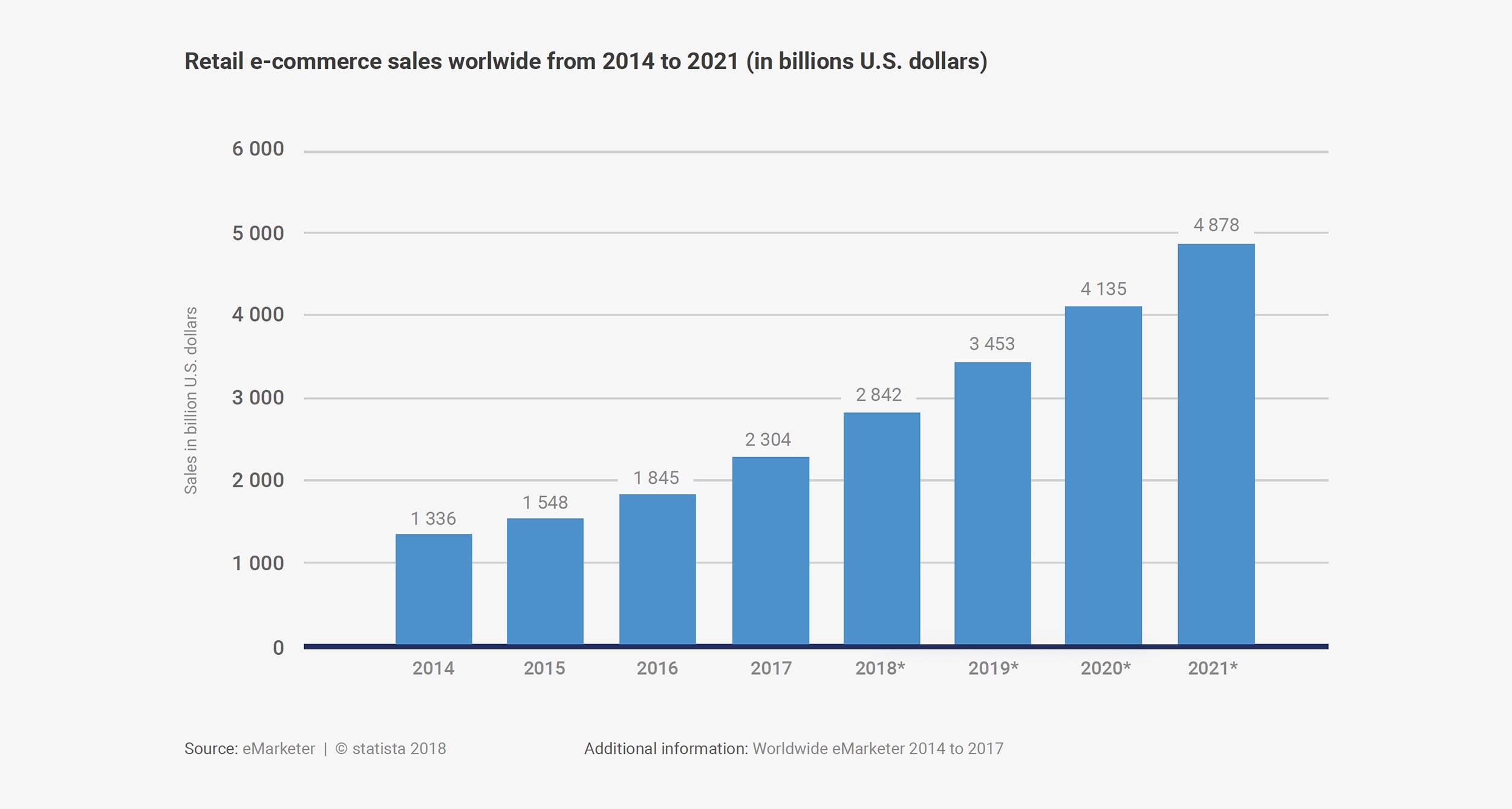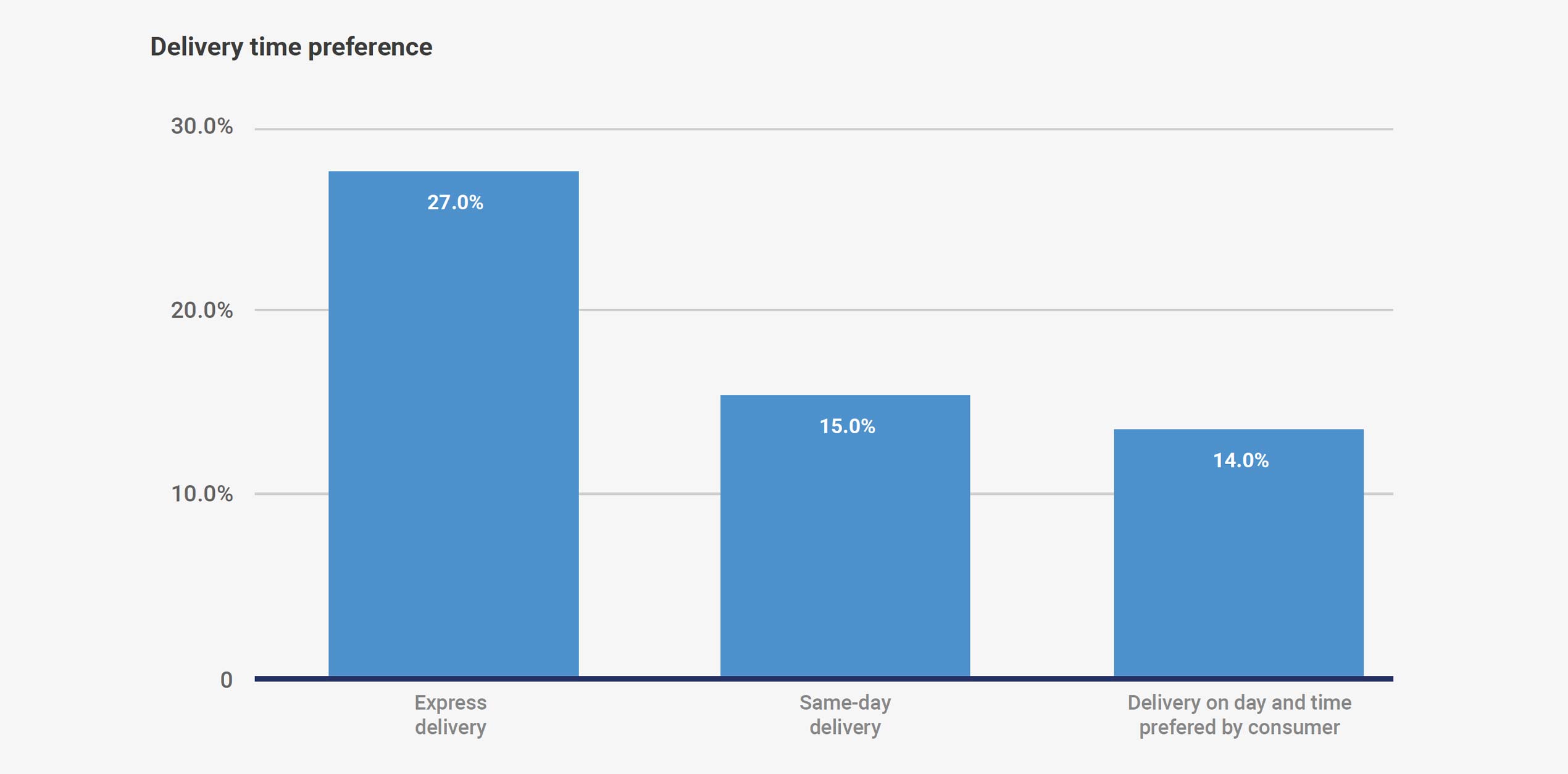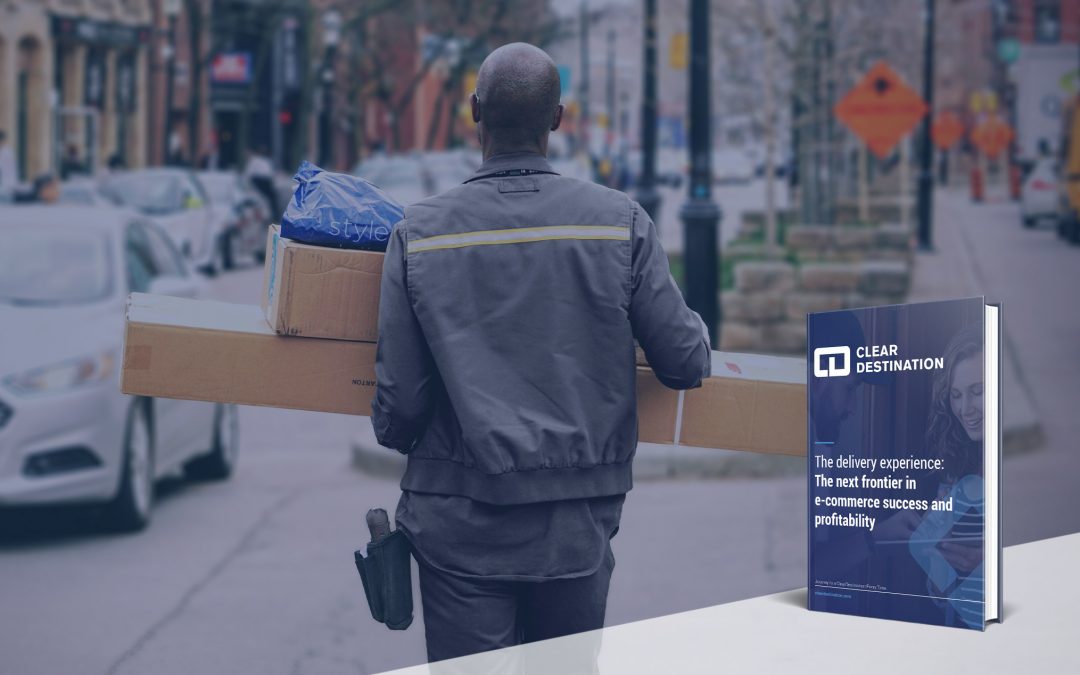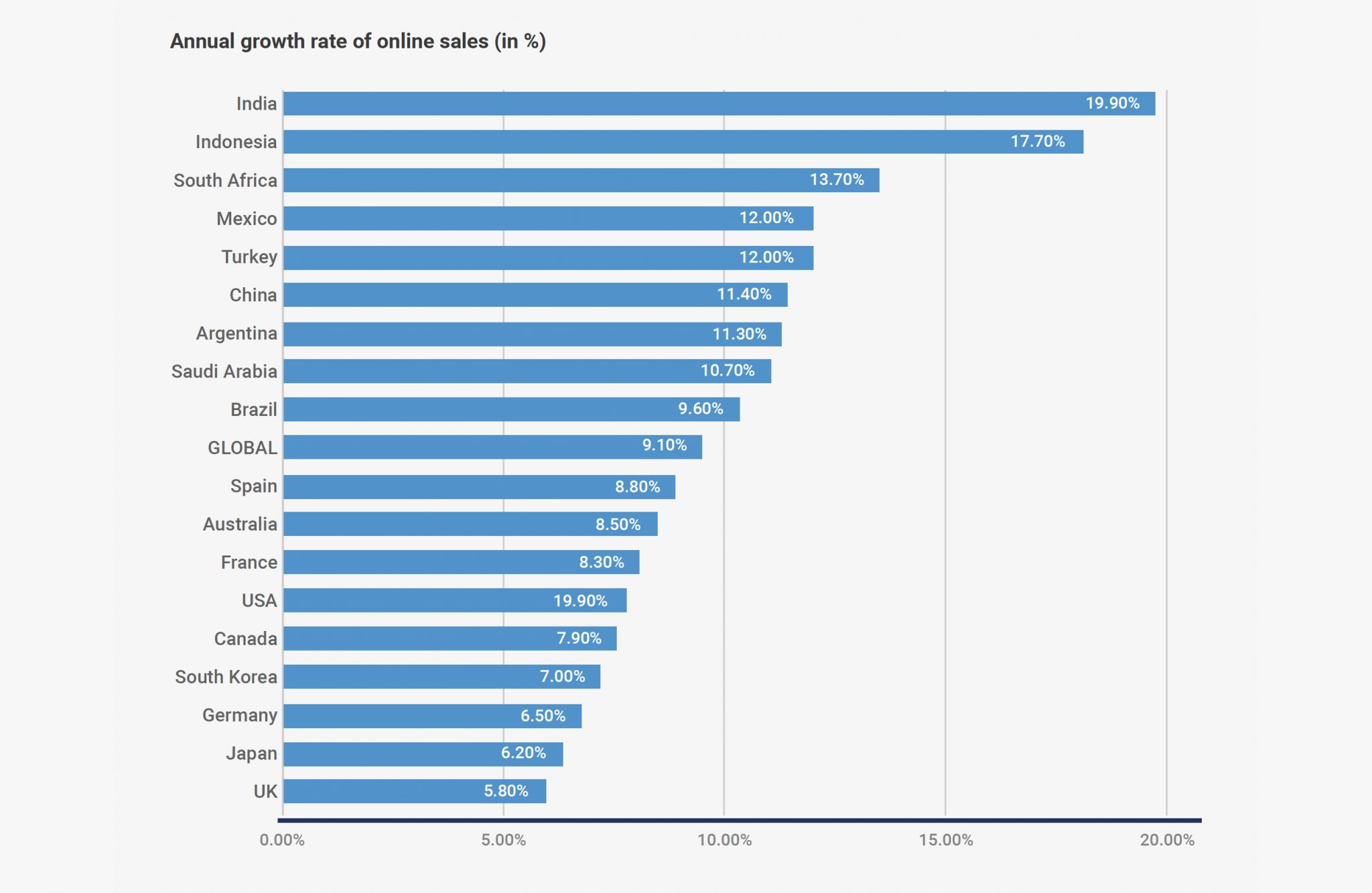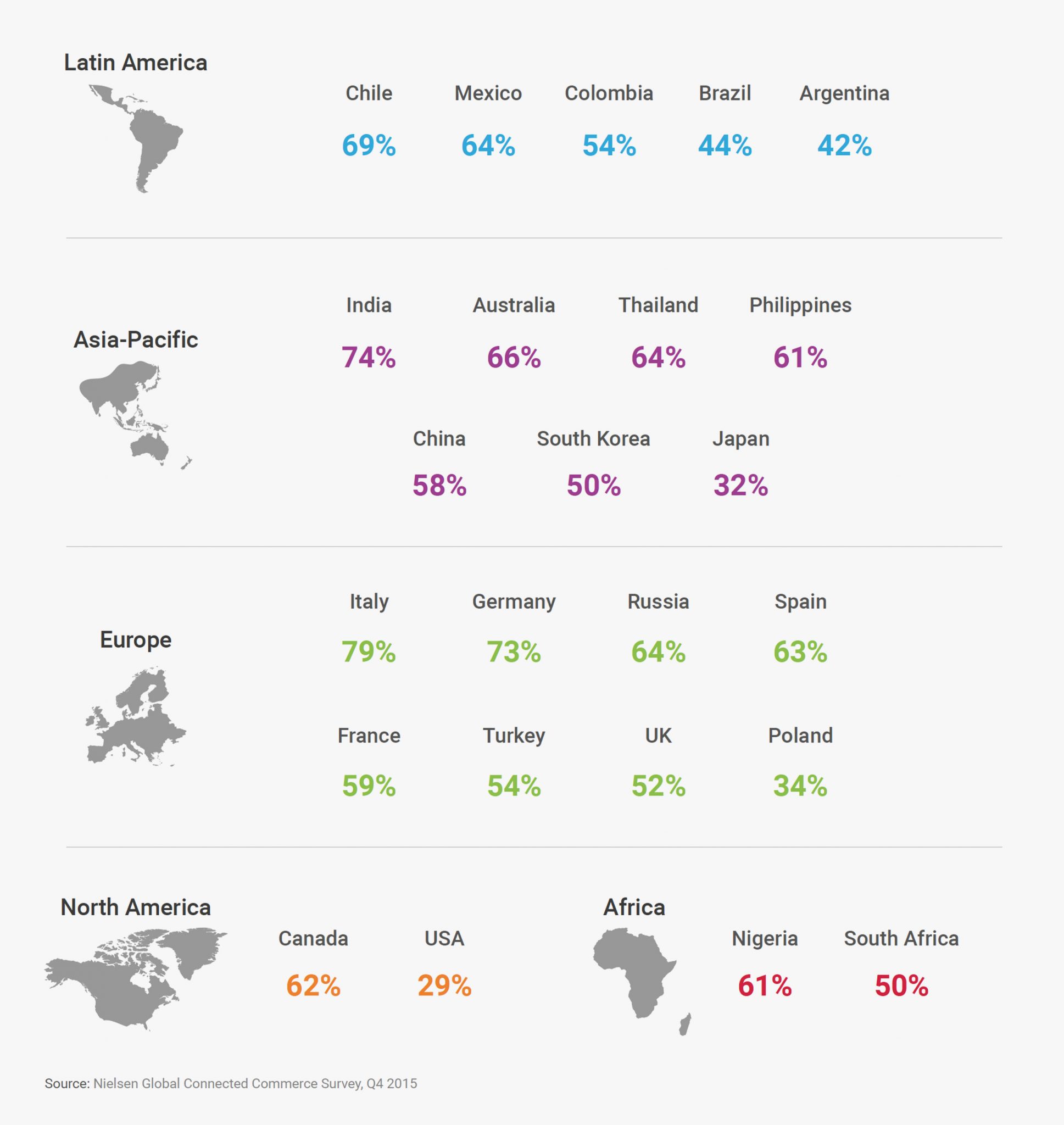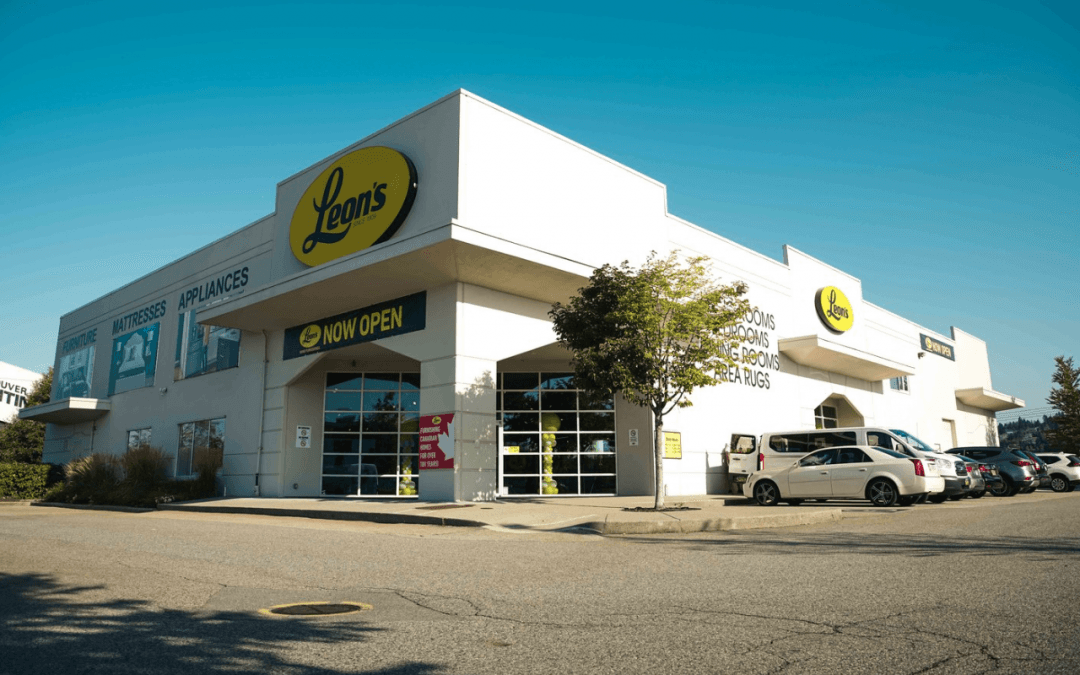
How to build a sustainable e-commerce delivery strategy | Ebook
How to build a sustainable e-commerce delivery strategy?
Start by mapping out your current e-commerce delivery experience and delivery options. Pinpoint the pain points your customers are enduring as well as problems in your logistics operations that are causing an uptake in errors, costs, workload and inefficiency.
Next, look at what your competitors are doing and gain inspiration from leaders in other e-commerce sectors. While you may not be able to deploy a full-scale delivery experience that competes with Amazon, for example, on Day 1, this research will help you map out your short-, mid- and long-term vision and milestones.
Determine what type of stellar delivery experience you want to create. Think of the different ways you can delight customers and eliminate delivery headaches, such as:
● Offer a tool that can easily be integrated into your e-commerce website and points of sale for customers to access a calendar with delivery options, dates and windows
● Set up automated and dynamic scheduling: as customers add items to the shopping carts, they can view changes to delivery options, dates and windows
● Offer loyal customers or orders with high-ticket items premium delivery time slots
● Think green: provide delivery options for customers who are environmentally conscious (delivery by electric vehicle, last-mile providers that pick up packaging for recycling or old appliances to be disposed of appropriately based on functioning, etc.)
● Give customers delivery dates that take into account transit specifics and based on where goods are located (at a manufacturer, in a foreign distribution warehouse, etc.
● Provide delivery flexible options for customers. Offer them home deliveries or deliveries to a retail store, warehouse or third-party pick-up point. Let them select the delivery speed (same day, next day, 2-3 days, 5 days, 10 days, etc.)
● Speed is important in e-commerce deliveries, but above all, you need to develop the capacity to consolidate shipments and collaborate between first to mid to last mile partners in order to optimize delivery workflows and reduce costs
● Give customers real-time visibility into their deliveries via easy-to-use web, desktop, table and smartphone applications
● Provide communications with customers via text messaging, emails or automated calls
● Embed reverse logistics within your delivery workflow and operations.
● Think about leveraging the power of commercially available solutions that feature algorithms that can better manage inventory based on selected delivery options, inventory location and distribution points
Once you’ve gotten a clear picture of your delivery experience and needs, start exploring new technologies. Many readily available e-commerce solutions on the market today can enable you to do much more than just build an e-commerce story. ClearDestination, for example, an innovative, cloud-based end-to-end delivery management solution, offers highly sophisticated features to help manufacturers and retailers improve their delivery experience and operate more efficiently—with minimal resources or technology savviness.
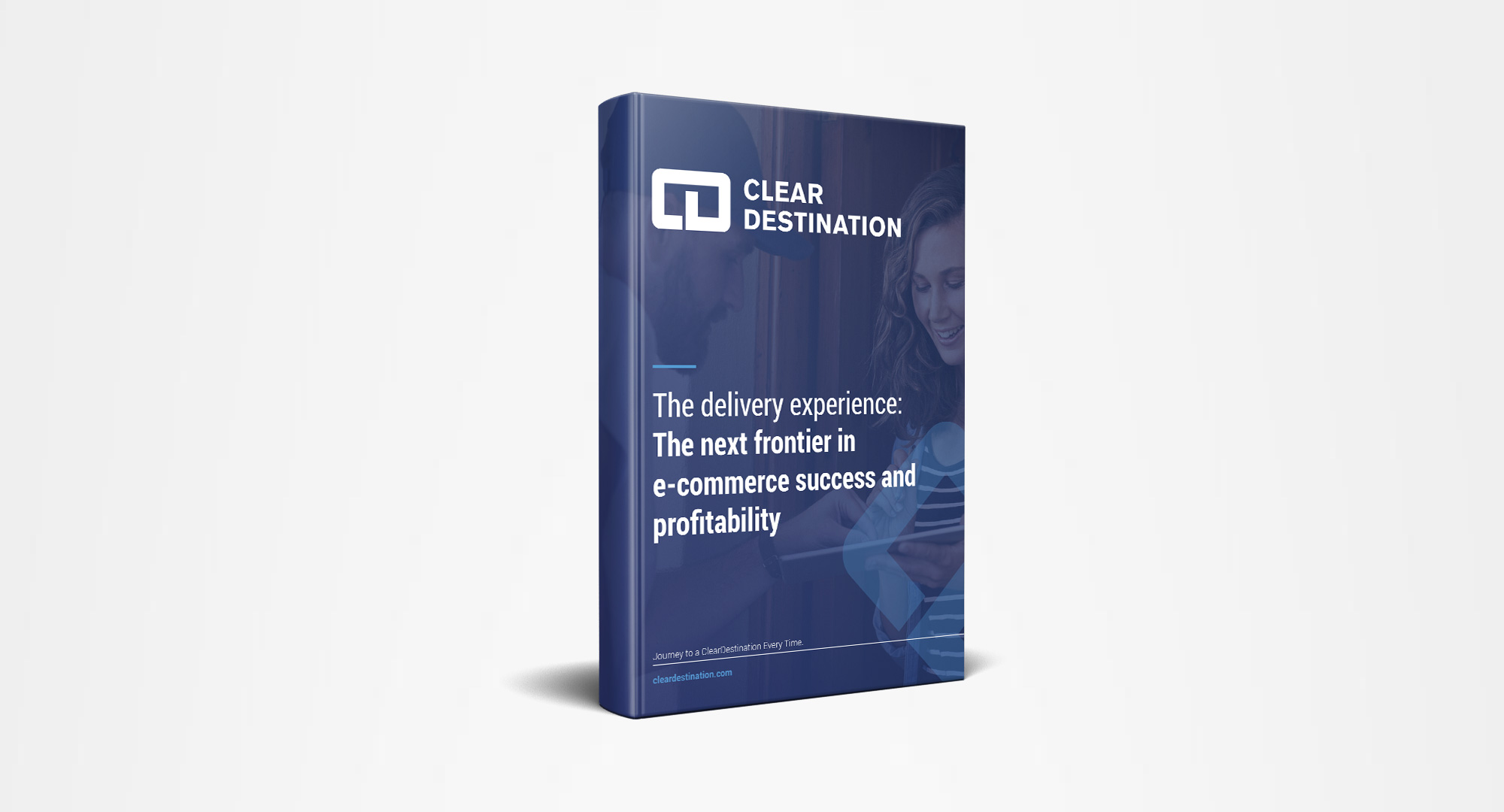
This ebook, The delivery experience: The next frontier in e-commerce success and profitability, provides great insight into the ever-changing e-commerce landscape. Download this ebook to uncover what the delivery experience actually entails and best practices into delivering this experience to your unique clientele.


